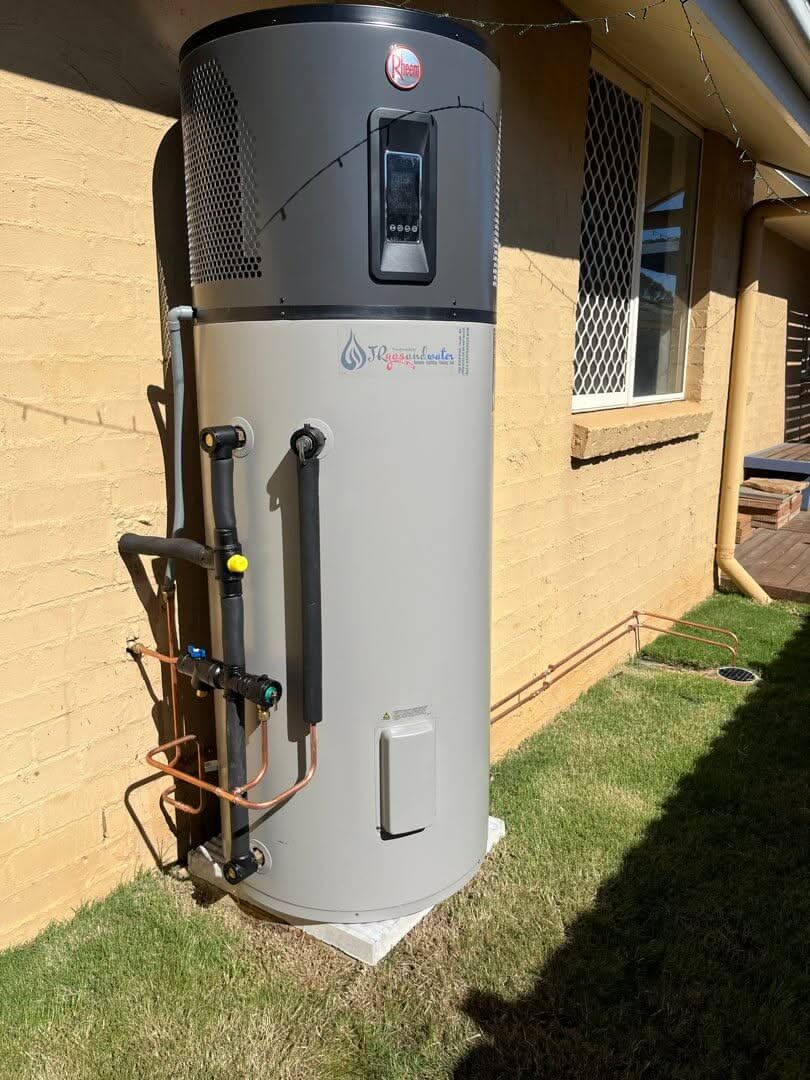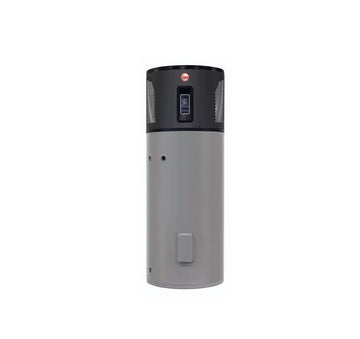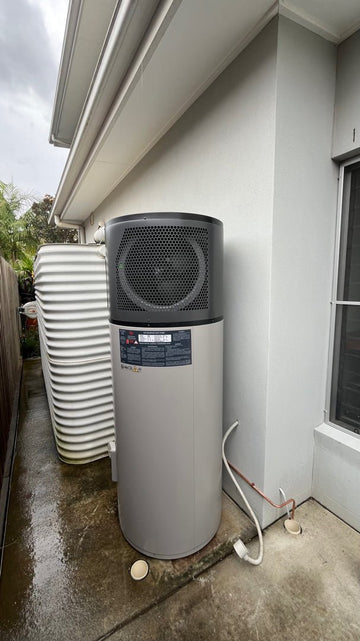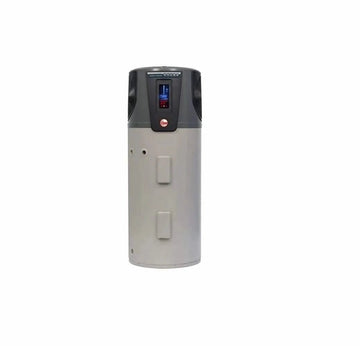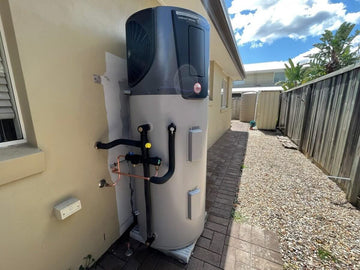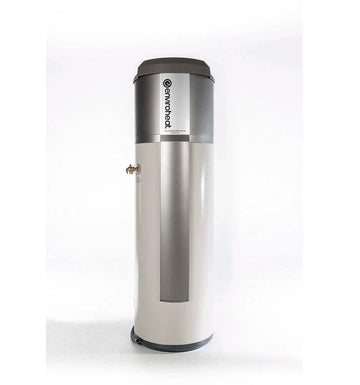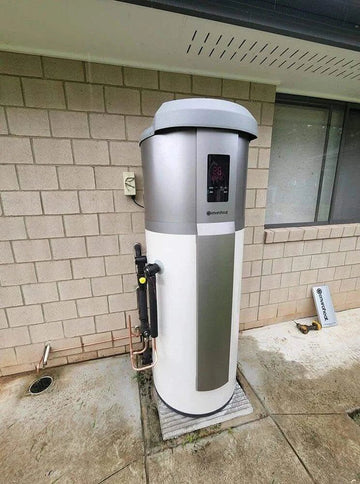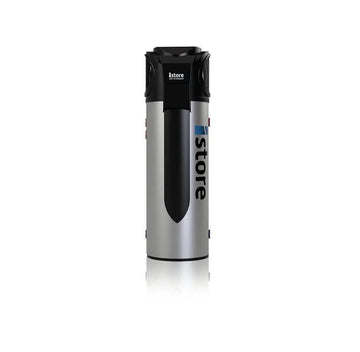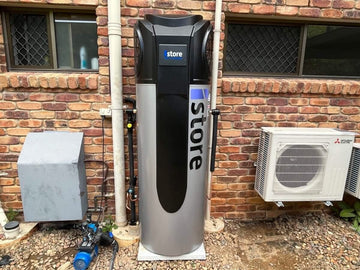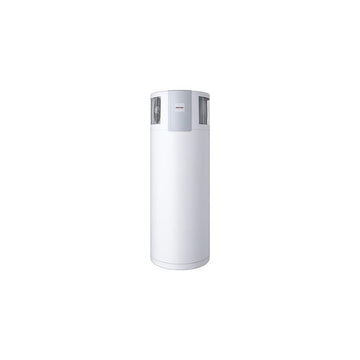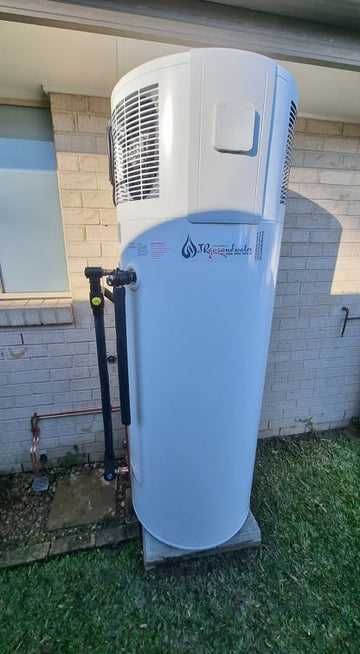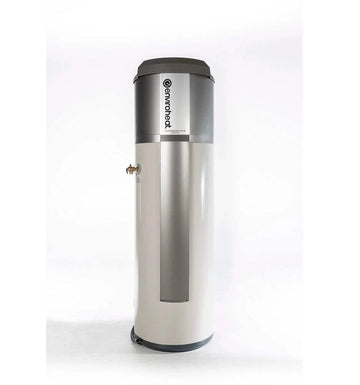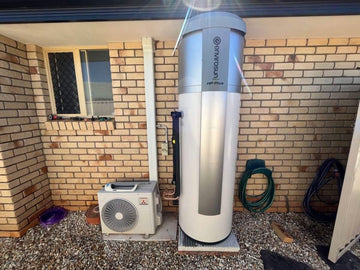Components and Principles of a Heat Pump Hot Water System
A heat pump hot water system is an energy-efficient solution that extracts heat from the surrounding air and transfers it to water stored in a tank. This process significantly reduces energy consumption compared to traditional electric or gas water heaters. Understanding the key components of a heat pump hot water system will help in making an informed decision when installing or maintaining one.
1. Heat Pump Unit
The heat pump unit is the heart of the system, responsible for extracting and transferring heat to the water. It consists of several critical components:
-
Compressor: Pressurizes and circulates refrigerant, increasing its temperature.
-
Evaporator Coil: Absorbs heat from the surrounding air, warming the refrigerant.
-
Condenser Coil: Transfers the absorbed heat from the refrigerant to the water.
-
Expansion Valve: Controls the refrigerant flow and pressure, ensuring efficient heat exchange.
How It Works:
-
The fan draws in ambient air over the evaporator coil.
-
The refrigerant inside the coil absorbs heat and evaporates.
-
The compressor increases the refrigerant’s temperature by compressing it.
-
The heated refrigerant then passes through the condenser coil, where it releases heat to the water in the tank.
-
The cycle repeats, continuously heating the water while using minimal energy.
2. Storage Tank
The storage tank holds the heated water until needed. It is typically made of stainless steel or vitreous enamel to resist corrosion and maintain durability.
Features:
-
Insulation: Helps retain heat for longer periods, improving efficiency.
-
Anode Rod: Protects against corrosion and extends the tank's lifespan.
-
Thermostat: Monitors and regulates water temperature to prevent overheating.
Storage tank size varies depending on household demand, ranging from 150L to 400L for residential systems.
3. Heat Exchanger
The heat exchanger is a crucial component that facilitates the transfer of heat from the refrigerant to the water.
Types of Heat Exchangers:
-
Coil Type: A series of pipes or coils submerged in the tank, allowing heat to pass through efficiently.
-
Plate Type: A set of metal plates that enable rapid heat transfer.
Heat exchangers ensure minimal energy loss while maintaining a consistent hot water supply.
4. Electronic Controller
The controller is the system’s brain, regulating temperature settings and optimizing energy efficiency.
Functions:
-
Temperature Monitoring: Ensures water is heated to the desired level.
-
Defrost Mode: Prevents ice buildup in colder climates to maintain performance.
-
Error Diagnostics: Alerts users to system malfunctions for quick troubleshooting.
Some advanced heat pump systems feature Wi-Fi connectivity, allowing remote monitoring and control via mobile apps.
5. Expansion Valve
The expansion valve controls the refrigerant's pressure and flow between the evaporator and the condenser.
Importance:
-
Ensures optimal performance by regulating refrigerant levels.
-
Helps maintain energy efficiency by preventing overuse of the compressor.
6. Backup Heating Element (Optional)
Some heat pump hot water systems include an electric backup heating element that activates when:
-
Outdoor temperatures are too low for efficient heat extraction.
-
Hot water demand exceeds the heat pump’s capacity.
This hybrid feature ensures a continuous supply of hot water even under extreme conditions.
Conclusion
A heat pump hot water system is an advanced, energy-efficient alternative to traditional water heaters. Understanding its components—heat pump unit, storage tank, heat exchanger, controller, expansion valve, and optional backup heating—is essential for optimizing performance and efficiency.
When selecting a system, consider factors such as tank size, climate suitability, and energy efficiency ratings to ensure it meets your household’s needs. Investing in a quality heat pump hot water system can lead to significant savings on energy bills while providing reliable and sustainable hot water year-round.




